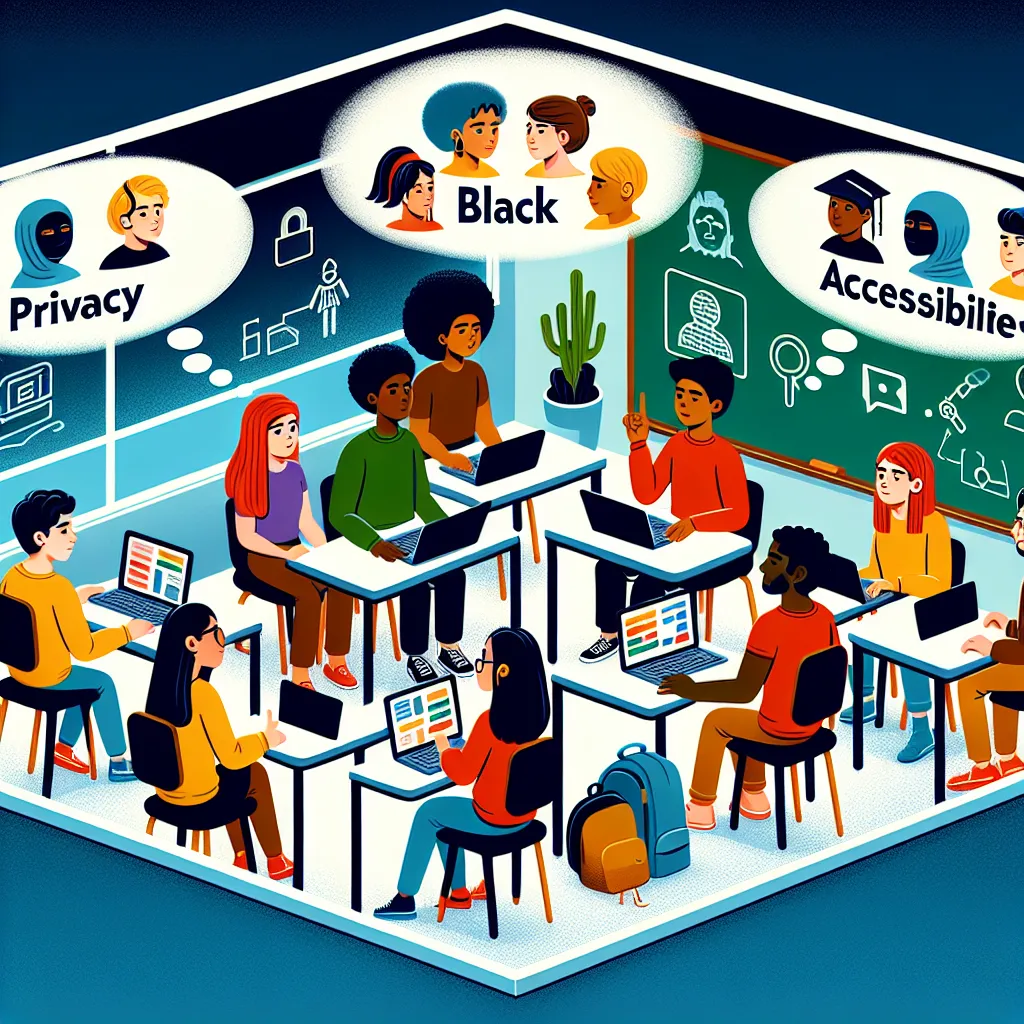Ask AI on The Internet
Question: In light of the increasing impact of artificial intelligence on society, what ethical frameworks and regulatory measures should be established to ensure that AI developments enhance societal well-being without infringing on personal freedoms, exacerbating inequality, or compromising privacy? Moreover, how can these frameworks be adapted internationally to maintain consistency across borders while respecting cultural and legal differences?
Addressing the ethical implications and regulatory challenges of AI involves crafting comprehensive strategies that balance innovation with societal well-being, personal freedoms, and global consistency. Here are key considerations and suggestions: ### Ethical Frameworks: 1. **Transparency and Explainability**: - **Guideline**: AI systems should be designed to be understandable to human users. - **Implementation**: Develop clear documentation and tools for interpreting AI decisions, ensuring that users and experts can review the processes involved. 2. **Fairness and Non-Discrimination**: - **Guideline**: Ensure that AI systems do not perpetuate or exacerbate biases. - **Implementation**: Implement bias detection and mitigation techniques in the development and deployment phases. Regular audits should be conducted to identify and rectify unfair outcomes. 3. **Privacy and Data Protection**: - **Guideline**: Respect user privacy and ensure data security. - **Implementation**: Employ data minimization, anonymization, and encryption techniques. Adhere to standards like the GDPR (General Data Protection Regulation) for data protection. 4. **Accountability**: - **Guideline**: Developers and deployers of AI systems should be accountable for their proper functioning. - **Implementation**: Establish clear lines of responsibility. Implement logging and monitoring systems to trace decision-making processes and outcomes. 5. **Human-Centered Values**: - **Guideline**: AI should enhance human welfare and be aligned with human values. - **Implementation**: Engage diverse stakeholders, including ethicists, sociologists, and the communities affected, in the design and deployment stages. ### Regulatory Measures: 1. **International Cooperation and Harmonization**: - **Action**: Align international standards through organizations like the United Nations or the International Organization for Standardization (ISO). - **Adaptation**: Allow flexibility to accommodate local legal and cultural contexts while maintaining core principles. 2. **Certification and Compliance**: - **Action**: Develop certification programs for AI systems to ensure they meet ethical and safety standards. - **Adaptation**: Create region-specific but globally recognized certifications to account for varying local standards and norms. 3. **Establishing Oversight Bodies**: - **Action**: Form independent regulatory bodies tasked with overseeing AI activity and enforcing ethical guidelines. - **Adaptation**: Ensure these bodies operate both locally and internationally to facilitate cooperation and consistent enforcement. 4. **Inclusive Policymaking**: - **Action**: Engage a wide range of stakeholders, including marginalized communities, in policy formulation. - **Adaptation**: Tailor engagement strategies to be culturally sensitive and geographically inclusive, enhancing policy relevance and acceptance. 5. **Research Funding and Collaboration**: - **Action**: Fund interdisciplinary research to study the societal impacts of AI and develop best practices. - **Adaptation**: Encourage cross-border academic and industry collaborations, enhancing the diversity of perspectives and solutions. ### Adapting Frameworks Internationally: - **Bilateral and Multilateral Agreements**: Encourage agreements among nations to share best practices and align regulations. For example, the European Union's AI Act can serve as a model for discussions with other regions. - **Cultural Sensitivity**: Recognize and respect cultural differences. For instance, privacy norms vary significantly worldwide, necessitating adaptable data protection strategies. - **Legal Harmonization**: Strive for the alignment of legal frameworks where possible to facilitate the global movement of AI technologies and data, while accommodating local laws. - **Standardization Bodies**: Leverage global standardization bodies like ISO or IEEE to develop universally recognized standards, ensuring compatibility and interoperability of AI systems worldwide. ### Continuous Improvement: - **Feedback Loops**: Establish mechanisms for continuous feedback from AI system users, affected communities, and other stakeholders. - **Iterative Policies**: Regularly update policies and frameworks based on technological advancements and societal changes. In essence, developing robust ethical frameworks and regulatory measures requires a concerted, multi-stakeholder effort that is both locally relevant and globally coherent. By prioritizing transparency, fairness, privacy, accountability, and human-centered values, and fostering international cooperation and adaptability, we can effectively navigate the complex landscape of AI development and deployment.
Think your answer is better than the AI's? Post it below.
Other Most Relevant Posts:
Question Tags
If you want your question answered by an AI, click here.







Post your own comment: